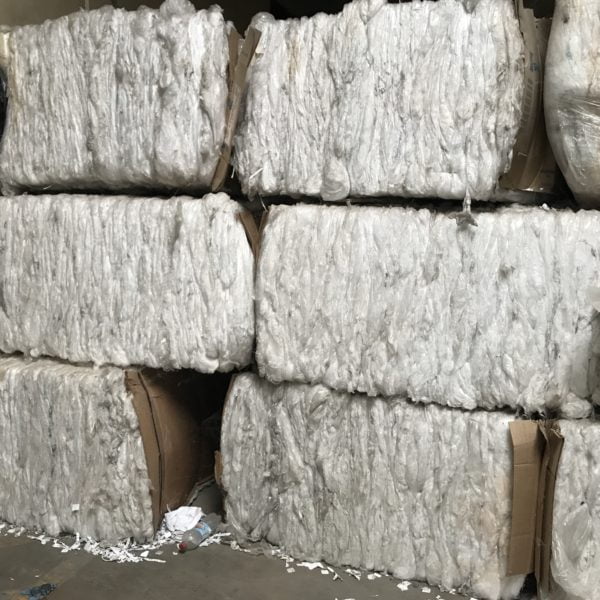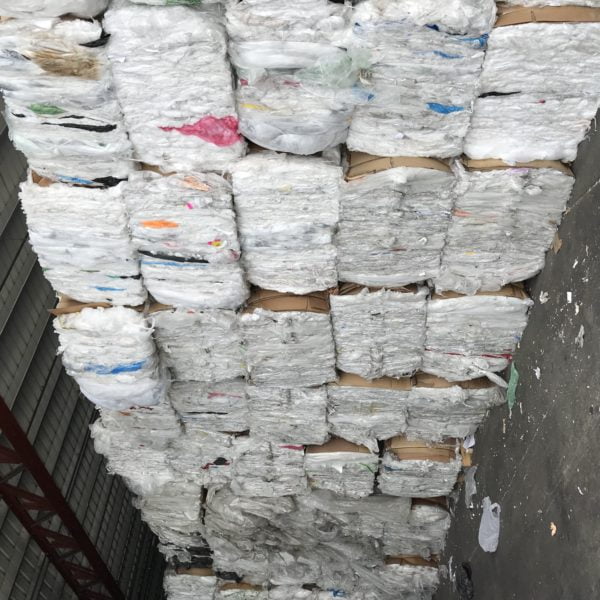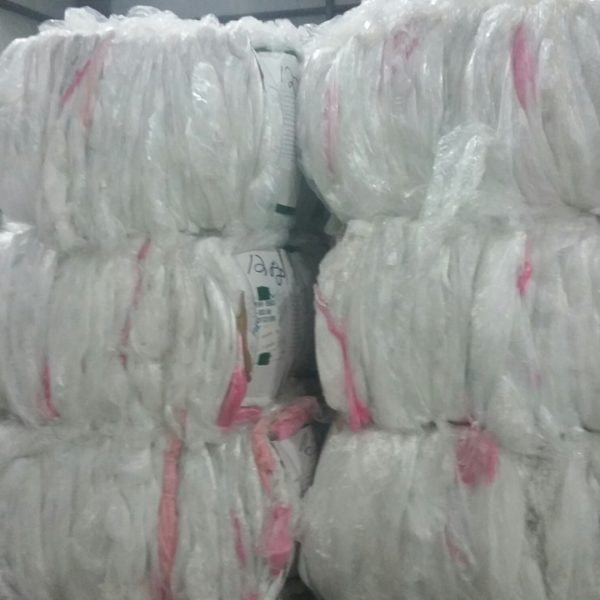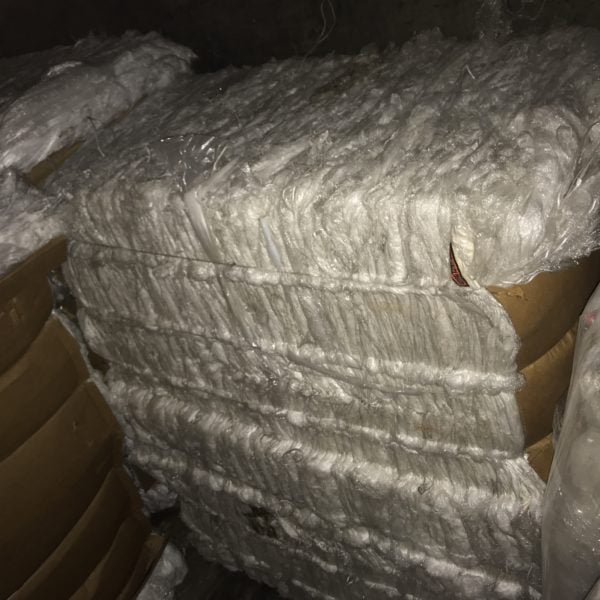LDPE Film Recycling
LDPE Film Recycling is extremely important and easy to do. Low density polyethylene, commonly known as LDPE is the #4 plastic type. LDPE #4 was first produced in 1933 and has seen a continued increase in production since then. LDPE #4 is commonly used to make film such as liners, stretch film, mattress bags and agricultural film. The estimated global market for LDPE is current approximately $35 billion.
LDPE #4 Film is extremely durable and is used to make products we use in our every day lives, such as bags, shrink wrap, cereal bags and trash liners. LDPE is also used in lids for yogurt and butter containers and children’s toys. A more industrial application for LDPE Recycled Film is plastic decking and marine pilings due to it’s resistance to moisture. LDPE Film has become very popular in farming and food production and is used as ground cover, hoophouse cover, pond liners and box liners in food factories.
LDPE Film is highly recyclable when collected in large quantities. Collection of LDPE remains a challenge leaving the current recycling rate for low density polyethylene film at approx. 7.6% leaving room for improvement. Plastic recycling companies that process LDPE #4 Film are hungry for material with demand outstripping supply. Companies should feel comfortable to invest in collection of LDPE knowing there is a ready market for the LDPE Film after it’s been consolidated.
LDPE Collection
Business that generate LDPE Film scrap have done a great job developing programs for collecting, baling and recycling their film scrap. Distribution centers lead the way collecting stretch film and pallet wrap then consolidating it at a central location, then baling it into uniform bales, preparing material for heavy trailer load shipments. Grocery stores have set up drop off LDPE Film Collection boxes for residents to bring their LDPE #4 Film from home for recycling. Those boxes end up at the distribution center for baling and ends up being turned into new products. New machines were invented by farmers to pull LDPE Film from the fields. The trick is to create a desirable LDPE Film Bale by keeping contamination levels to a minimum.
LDPE Processing
Turning LDPE Film into a new product is a multi-stage process. First the film is shredded, washed and turned into a reprocessed pellet. Depending on the purity and color, it is then sent to a different facility for it’s final transformation. Less pure and darker colored pellets are usually converted into plastic lumber, marine pilings and railroad ties. LDPE Trash Liners and garbage cans are also made out of LDPE Film Scrap. New products can go on the shelves the day they’re manufactured.
Benefits Of Recycling LDPE
LDPE Plastic Recycling is extremely important to our environment and our economy. It creates thousands of green jobs and saves tons of CO2 emissions. With improved education and collection, more film can be recycled. There is plenty of demand for scrap to consumer everything that gets collected. Finished products made with LDPE Recycled Content are sold at high margins with solid demand. More information on LDPE Film can be found at the EPA website here.




